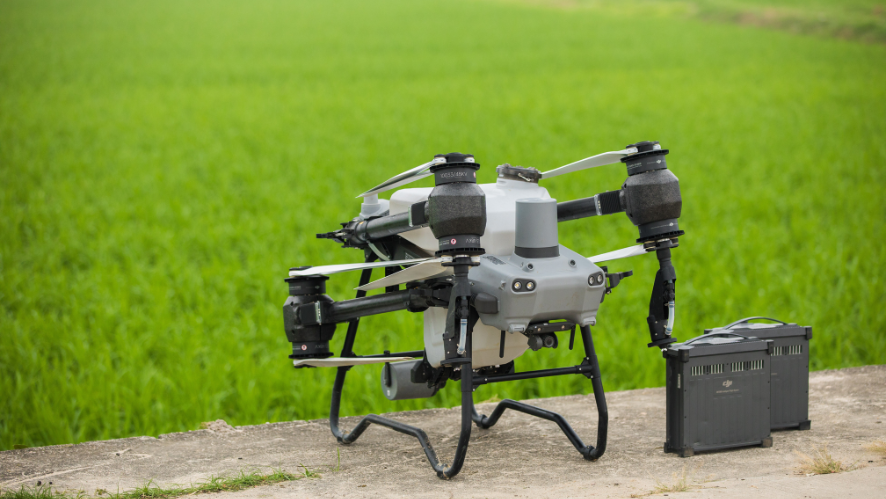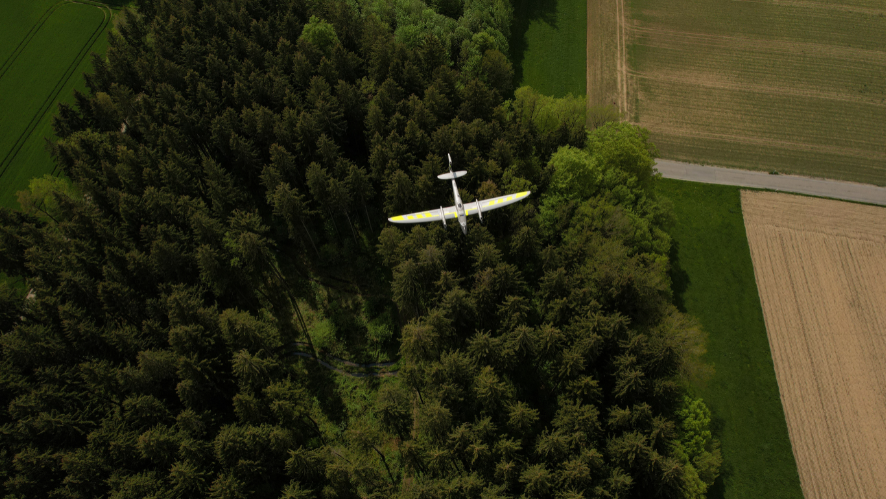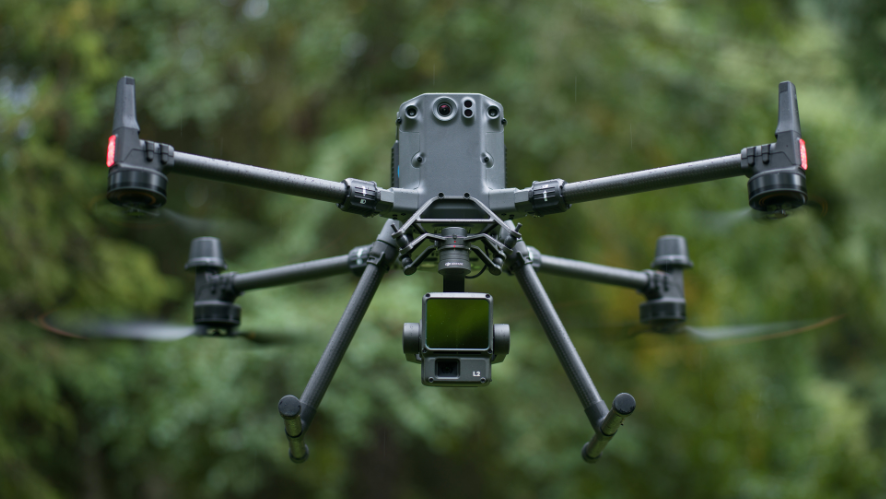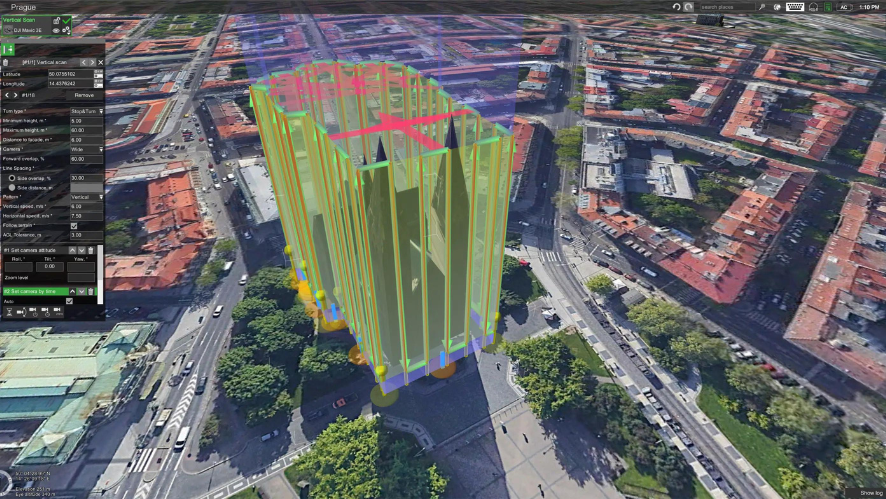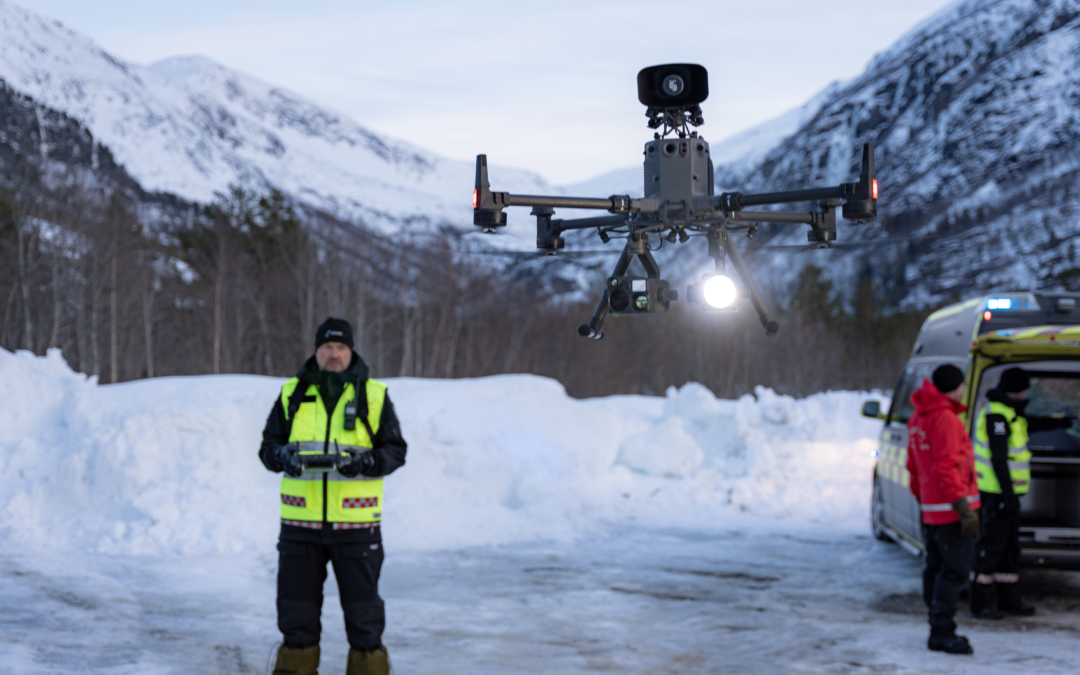In recent years, the use of drones has increased considerably, due to their diverse applications and multiple functions. These tools are revolutionizing the performance of emergency services and the response to critical situations in the field of public safety. The constant advance of technology is an unquestionable reality, especially in the context of security, either to improve processes or to prioritize the protection of people. In this article we will see the different ways of using drones in public safety and the main drones used.
Fire Department
For firefighters, every second counts, making it extremely important to provide immediate aerial information to guide optimized response strategies, protecting people and property. The challenge is to overcome the traditional challenges associated with urban fire response, such as limited perspectives on the ground and obstacles that make it difficult to assess the extent and threat of the fire.
Drones can fly over buildings and obstacles, providing a clear view through smoke and using thermal cameras to highlight targets. They transmit live video information to command centers to align teams and eliminate uncertainties in real time. With drones, teams can quickly scan large areas to identify fire lines, assess threat levels and optimize response strategies for effective containment, as well as analyze the data after the fact.
Police
Law enforcement has embraced the use of drones because of the rapid response they can provide, such as accurate information as missions unfold, allowing for safe decisions to be made.
Drones such as the DJI Matrice 350 RTK can be deployed quickly to arrive on scene, providing immediate aerial information.
A process that is also of great value is capturing accident scenes. A drone can fly over these scenes and capture high-resolution 3D evidence for future analysis, as well as quickly and remotely map, document and preserve crime scenes and vehicle collisions. This allows commanders to synchronize teams, eliminate uncertainty and make decisions with confidence.
Search and rescue
DJI drones provide aerial guidance that significantly accelerates emergency response efforts. Cameras, thermal sensors and GPS are able to provide high-quality photos, videos and relevant information quickly and efficiently. These devices provide a complete view of the scene, even in low-light conditions, and enable teams to make decisions quickly and objectively, contributing to effective rescue planning.
When natural disasters strike, it is essential that help reaches victims quickly, and search and rescue teams are most effective when they have detailed information. Lack of information can hinder the mission. Drones arrive in response to these problems, providing an aerial view that helps guide teams on the ground, facilitates communication and coordinates rescue efforts.
Drones, accessories and payloads
- DJI Mavic 3 Enterprise + Speaker: A compact drone with great capabilities and performance. The Mavic 3 series is characterized by its portability, making it ideal for quick responses. It features a 56x zoom camera and RTK module for centimeter-level precision, bringing efficiency to missions. It comes with valuable accessories that help enhance the work performed by teams, such as the speakerphone for transmitting messages from the air, with support for text-to-speech, audio storage and loop playback, to improve search and rescue efficiency. The thermal version of the M3 enables point and area temperature measurements, high temperature warning, color palette and isotherms, all of which allow pilots to identify targets and the team to make agile decisions. In short, this drone can be used in all areas of public safety, a platform for daily work and superior performance.
- DJI Matrice 300/350 RTK + Zenmuse H20T: A drone with excellent performance, it easily copes with a wide variety of challenges. Many industries adopt the Matrice 350 RTK for its distinctive features, such as the OcuSync 3 Enterprise transmission system. The DJI Zenmuse H20T payload features a four-sensor system, zoom camera, wide-angle camera, laser rangefinder and radiometric thermal camera, these cameras stand out as ideal for nighttime environments. The user can quickly switch between a zoom, wide-angle or thermal view, as well as view the zoom FOV in the thermal or wide-angle camera view. The thermal version provides a complete picture of the environment without losing detail, wherever and whenever your mission takes place. Features include: time alarm with immediate notifications in DJI Pilot, color scheme and isothermal, gain modes and R-JPEG imaging. A clear view can be obtained from the remote control, making the M350 and H20T a combination that stands out as a crucial tool for public safety teams.
___________________________________________________________________________________________________
|
|







